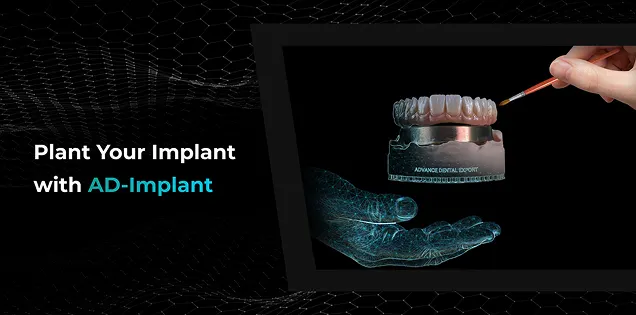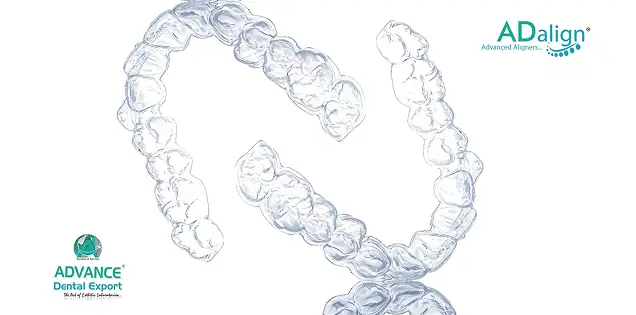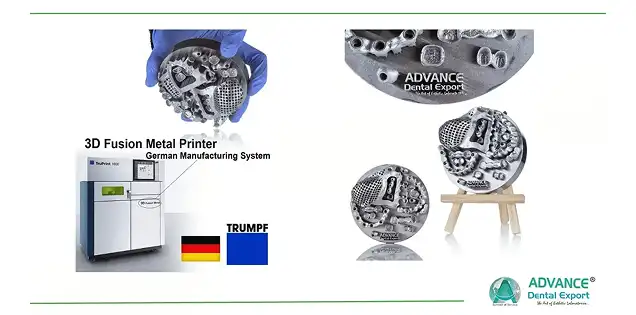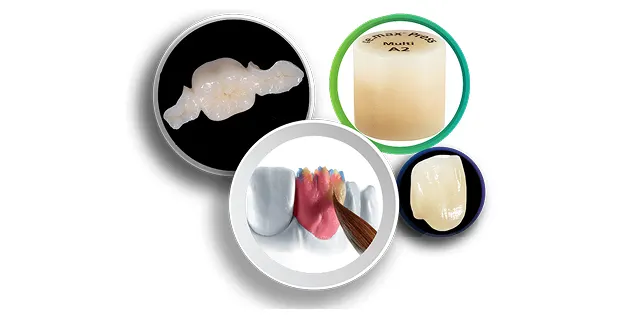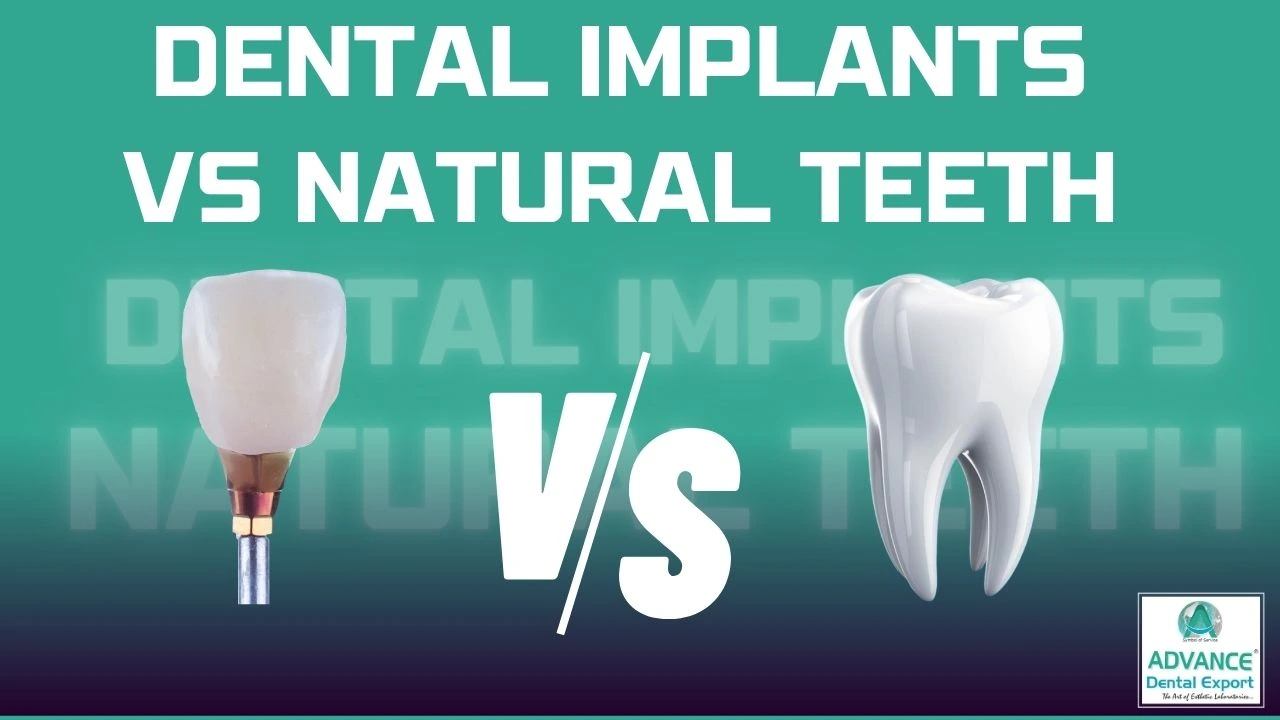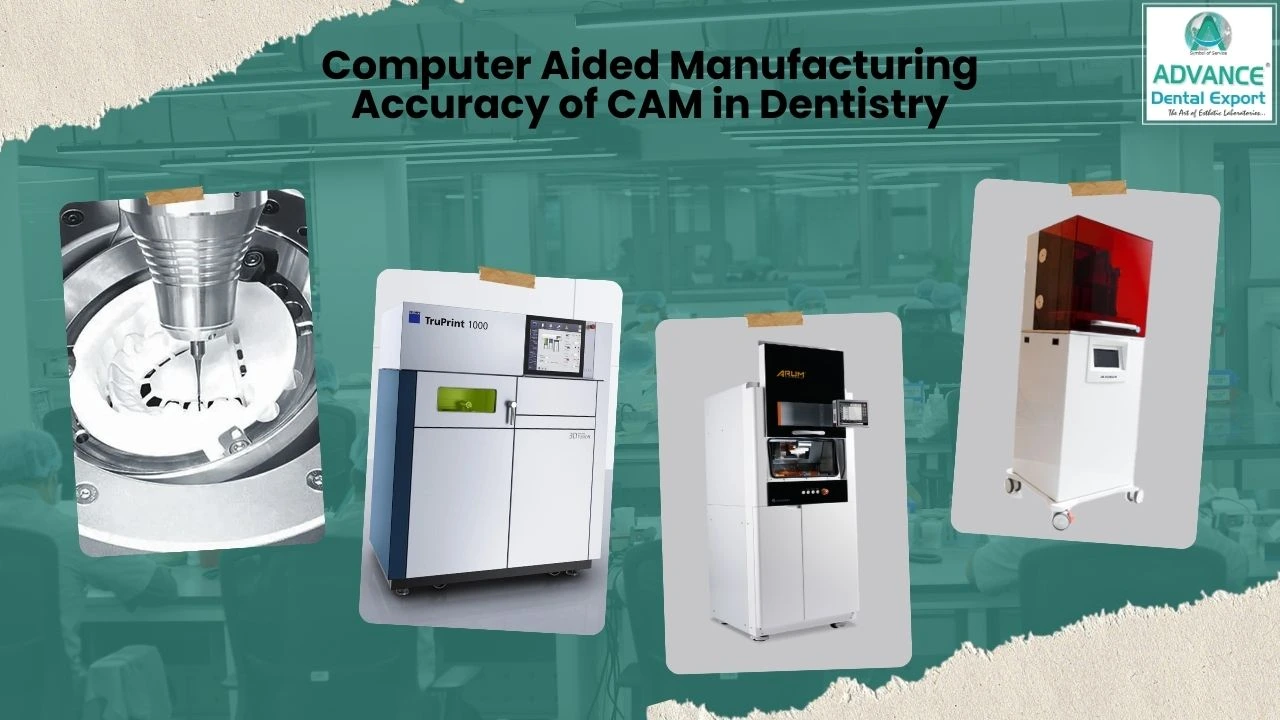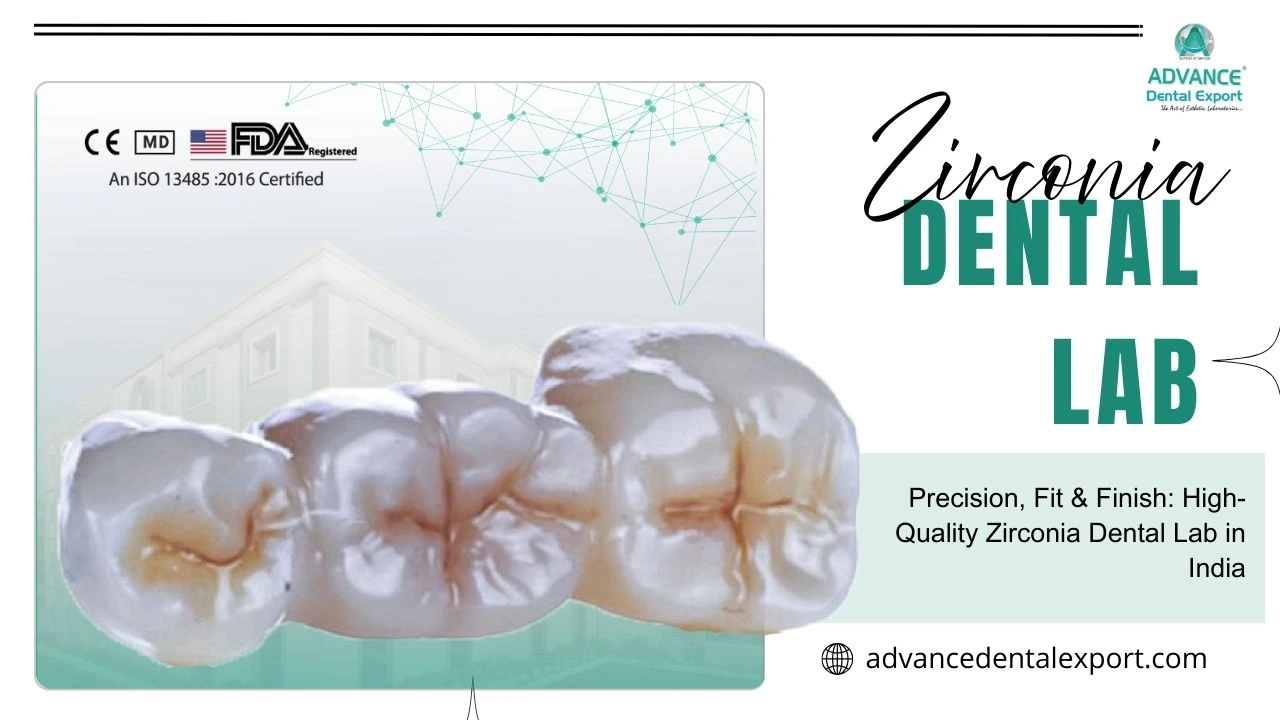Dental impressions are foundational to precise, high-quality dental restorations. They serve as the blueprint for crowns, bridges, dentures, orthodontic appliances, and more. Without an accurate impression, even the most sophisticated dental treatment risks failure.
Inaccurate dental impressions remain a leading cause of ill-fitting restorations, costly remakes, and delayed treatments—challenges that directly impact both clinical outcomes and patient trust. With rising expectations for precision and speed, dentists must navigate between traditional physical methods and emerging digital technologies.
So, how can these obstacles be managed more efficiently?
We will explore everything about dental impressions , from the use of alginate, PVS, and custom trays for traditional to advanced digital dental impressions with intraoral scanners, helping dentists make informed choices for accurate, efficient, and patient-friendly prosthetic workflows.
Let’s start from the beginning!
What are Dental Impressions?
Dental impressions are molds taken from a patient’s mouth to create an exact copy of their teeth and gums. These impressions help dentists and dental labs make custom restorations like crowns , bridges, dentures, implants , and orthodontic devices. The main goal is to capture every detail of the mouth, such as the shape, size, and position of the teeth, so that the final prosthesis fits perfectly.
Impressions can be captured using two main methods :
- Physical (conventional) dental impression method , where a soft material like alginate or polyvinyl siloxane (PVS) is placed into an impression tray and inserted into the patient’s mouth. Once it sets, the material forms a mold of the oral structures.
- Digital dental impression method , where an intraoral scanner is used to capture high-resolution 3D images of the teeth, creating a virtual model without the need for trays or impression material.
Both methods serve the same purpose, to record the precise anatomy of the patient’s mouth, but they differ in technique, tools, and workflow. Choosing the right dental impression method depends on the clinical case, patient comfort, and desired accuracy.
Importance of Dental Impressions in Dental Restorative Treatments
Dental impressions play a vital role in almost every branch of clinical dentistry, especially in restorative, prosthodontic, and orthodontic treatments. Their main purpose is to ensure that any prosthesis or appliance fits precisely within the patient's unique oral anatomy, supporting both function and aesthetics.
Accurate dental impressions are not just a technical step, they are the blueprint for successful outcomes in nearly every dental specialty. In restorative dentistry, they guide the precise fabrication of crowns, bridges, and inlays, ensuring a proper fit and bite alignment.
In prosthodontics, where full-arch restorations, dentures, and implant-supported prostheses are involved, capturing both hard and soft tissue details is critical. Impressions help record gingival contours, ridge shapes, and implant positions using components like dental impression copings and custom trays.
Similarly, in orthodontics, impressions are foundational for planning treatments with braces, retainers, and clear aligners. The rise of digital dentistry has significantly improved dental treatment planning by integrating directly with 3D modeling and CAD software.
Because so much relies on the accuracy of the dental impression, regardless of whether it's taken physically or digitally, it becomes essential for dentists to understand how each method works, what materials or devices are involved, and how to select the most effective technique for each case.
Let’s understand both dental impression-capturing methods in detail.
Physical Dental Impressions
Physical traditional dental impressions have been the cornerstone of restorative and prosthodontic procedures for decades. In physical dental impressions, a soft material is placed in an impression tray and inserted into the patient's mouth. Once the material sets, it hardens into a mold, capturing the shape and contours of the teeth, gums, and surrounding tissues. This mold is then used to create accurate models for fabricating dental restorations such as crowns, bridges, dentures, and implant supports.
Workflow in Traditional Dental Practice
The typical workflow for physical dental impressions involves several key steps:
- Tray Selection : The dentist selects an appropriate dental impression tray—either stock (pre-fabricated) or custom-made. The choice of tray depends on the type of restoration or procedure, such as single crowns, bridges, or full dentures.
- Material Mixing : The impression material, whether alginate, PVS, or polyether, is mixed according to the manufacturer's instructions. This step requires precision, as improper mixing can affect the accuracy of the final mold.
- Taking the Impression : The dentist fills the tray with the impression material and places it in the patient's mouth, ensuring proper positioning. The material is allowed to set, which usually takes a few minutes.
- Removal and Cleaning : Once the material has set, the tray is gently removed from the mouth, and the resulting mold is inspected for accuracy. If needed, the dentist may re-take the impression. The impression is then disinfected before being sent to the lab.
Explore Our Restorations
Materials Used
The selection of the right dental impression material is critical to obtaining a high-quality impression. Here are the main materials used:
- Alginate is often used for preliminary impressions because it sets quickly but lacks the dimensional stability required for high-precision restorations. It's more prone to tear resistance issues and should be poured immediately after removal.
- Polyvinyl Siloxane (PVS) is the gold standard for high-accuracy impressions, offering superior tear resistance and dimensional stability, making it ideal for crowns and bridges.
- Polyether offers slightly less flexibility than PVS but is often chosen for cases requiring extreme precision, such as implant-supported restorations.
Disinfection & Handling
Proper disinfection of physical impressions is crucial to prevent cross-contamination between patients and dental professionals. Impression materials like alginate and PVS are porous and can retain bacteria if not handled properly. The following guidelines should be followed:
- Disinfecting the Impression : After taking the impression, it should be sprayed or soaked in an approved disinfectant for dental impressions. It’s important to follow the manufacturer's instructions for the appropriate disinfectant.
- Storage & Transport : Physical impressions should be kept in a safe, moist environment to prevent distortion or cracking before they are sent to the lab. For alginate impressions, it's important to store them in a sealed plastic bag to maintain moisture levels.
Digital Dental Impressions
In recent years, digital dental impressions have revolutionized the way dental professionals capture and work with dental molds. Digital impressions can be captured using intraoral scanners for highly detailed 3D images of a patient's teeth and soft tissues. This innovation is making procedures quicker, more comfortable for patients, and more efficient for dental professionals.
How Digital Impressions Work
Digital impressions are captured using a small, handheld intraoral scanner or digital scanner for dental impressions that is inserted into the patient's mouth. As the scanner moves across the teeth, it emits a light that reflects off the tooth surface and is then captured by the device's camera. The scanner takes thousands of individual images and stitches them together to create an extremely accurate, high-resolution 3D model of the teeth, gums, and surrounding structures.
This digital data can be viewed instantly on a monitor, allowing the dentist to check the impression for accuracy before proceeding. Unlike physical impressions, which can be distorted or deformed during removal, digital impressions offer a more stable and precise result.
Workflow Integration with CAD/CAM and Lab Communication
One of the key advantages of digital impressions in dentistry is their seamless integration with CAD/CAM (computer-aided design and computer-aided manufacturing) systems. Once the impression is taken, the digital file can be directly sent to the best dental laboratory or used to design restorations in-house. This reduces the time required for restoration fabrication, cutting down on wait times for patients and minimizing the need for follow-up appointments.
Moreover, digital impressions enable real-time communication between the dental office and the lab. The 3D models can be modified or adjusted before production, ensuring a higher level of precision and faster turnarounds for treatments like crowns, bridges, and veneers.
Key Technologies & Devices for Digital Dental Impressions
Several leading intraoral scanners are making waves in modern dental practices, each offering unique features for enhanced efficiency and accuracy:
- iTero Scanner : Known for its speed and accuracy, the iTero system is commonly used in orthodontics and restorative dentistry. It integrates seamlessly with clear aligner systems like Invisalign.
- TRIOS Scanner : This scanner offers high-resolution imaging and is equipped with a user-friendly interface, making it ideal for both crowns and full-arch restorations. The TRIOS scanner is well-known for its open architecture, allowing integration with other systems.
- Medit Scanner : A more affordable option, the Medit scanner is highly regarded for its accuracy and ability to work well in a variety of dental procedures, including implantology and restorative dentistry.
Advantages of Digital Impressions
- Accuracy and Reproducibility : Digital impressions offer exceptional precision, capturing even the smallest details of the teeth and soft tissues. The 3D models produced are highly reproducible, ensuring that subsequent restorations will fit seamlessly with the patient’s mouth.
- Patient Comfort and Chairside Efficiency : Patients appreciate the comfort of digital impressions because there’s no need for gooey impression material, making the process quicker and more comfortable, especially for patients with sensitive gag reflexes.
- Faster Turnaround and Reduced Remakes : With digital impressions, the data is transmitted directly to the lab or used for CAD/CAM , reducing the overall treatment time. This also minimizes the risk of errors, such as distortions or misinterpretations, that can occur with physical impressions.
- Improved Communication : The ability to instantly share the 3D model with dental labs for immediate processing streamlines the entire workflow, ensuring that restorations are fabricated faster and with fewer mistakes.
Physical vs. Digital Dental Impressions: Comparison
When deciding between physical and digital dental impressions, it’s essential to consider various factors such as speed, accuracy, cost, and lab communication. Both methods have their advantages and limitations, making it crucial for dental professionals to understand how each method suits specific clinical situations.
Speed
Digital impressions are far quicker than physical impressions. With traditional impressions, there is a wait time for the material to set and harden before the tray is removed from the patient’s mouth. If multiple impressions are needed or if there are issues with the material setting, the process can take longer. On the other hand, digital impressions are almost immediate. Once the scanner is passed through the mouth, the digital image appears on the screen within seconds.
Accuracy
While both methods can yield highly accurate results when performed properly, digital impressions generally offer superior accuracy. The intraoral scanners capture fine details and create a 3D model that is far more precise than what traditional materials like alginate or PVS can achieve. Inaccuracies can occur with physical impressions due to issues like material distortion, improper mixing, or poor handling.
Cost
Initially, the cost of digital impression systems can be higher, as purchasing an intraoral scanner requires a significant upfront investment. Additionally, there may be additional costs for the software and lab integrations required to fully utilize digital impressions in a practice. However, over time, digital impressions can lead to cost savings. They reduce the need for physical materials (like impression trays and impression materials) and minimize the risk of errors, which in turn reduces the need for retakes and remakes.
Looking for a trusted lab partner? Get high-precision restorations from Advance Dental Export
Lab Communication
Digital impressions improve lab communication significantly. Once the impression is taken, it can be instantly sent to the lab as a digital file, streamlining the workflow between the dental practice and the laboratory. This reduces the chances of miscommunication or errors during the fabrication of dental restorations. In contrast, physical impressions require the manual transport of materials, which can introduce potential delays and errors if the impression distorts during transport.
Transition from Physical to Digital Dental Impressions in Modern Dentistry
Over the last decade, digital dental impressions have become a game-changer in the dental industry, offering several advantages over traditional physical methods. While physical impressions remain the foundation of many dental procedures, the shift towards digital impressions is accelerating due to their ability to improve workflow efficiency, patient comfort, and clinical accuracy.
In the past, taking physical impressions required impression trays, alginate, or PVS materials that could distort or cause discomfort, especially for patients with sensitive gag reflexes. The time-consuming process of mixing, setting, and transporting these impressions to a lab often led to errors, requiring retakes and delaying treatment.
Enter digital dental impressions, which use intraoral scanners to create high-definition 3D images of the patient’s teeth and soft tissues. These scanners eliminate the need for messy impression materials, reduce patient discomfort, and offer a more precise and reproducible result. A dental lab with CAD CAM technology can seamlessly integrate with digital impressions, facilitating immediate digital workflows that speed up the creation of restorations and reduce the need for multiple appointments.
Choosing the Right Method: Case-Based Selection
Choosing between physical and digital dental impressions depends largely on the specific needs of each case. While digital impressions offer several advantages, physical impressions still have their place in certain situations.
Case-Based Selection: Crowns, Implants, Full-Arch Restorations
- Crowns and Bridges : For simple crown and bridge procedures, digital impressions are often the preferred method. The high accuracy and speed of digital scanners make them ideal for these types of restorations, especially for cases where CAD/CAM technology is used to mill the final restoration in-house.
- Implants : For implant restorations, digital impressions are increasingly the preferred choice, particularly because they offer greater precision when capturing the positioning of implant abutments. However, in some cases, digital impressions are often used in combination with traditional methods to enhance precision and reduce patient discomfort.
- Full-Arch Restorations : Full-arch cases, such as those for BPS denture patients or those requiring extensive prosthodontic work, can benefit from digital impressions, which capture hard and soft tissue details accurately and efficiently. Digital workflows allow for faster fabrication of full-arch restorations, reducing the need for multiple appointments and impression remakes.
Hybrid Workflows: When to Combine Both Methods
In many modern practices, a hybrid workflow is becoming the norm, combining the strengths of both digital and physical impressions. For example, digital impressions can be used to capture detailed scans of the teeth and soft tissues, while physical impressions can be taken for complex areas like the posterior maxillary arch, where digital scans may struggle. This combination ensures that accuracy and patient comfort are maximized, while still leveraging the efficiency and speed of digital technology.
Hybrid workflows are particularly useful in cases involving implant-supported restorations or when preparing for full-arch prosthodontic procedures. By combining methods, dental professionals can ensure they have a comprehensive view of the patient’s mouth, improving the fit and outcome of the final restoration.
Considerations for Labs and Outsourcing
For dental labs, the adoption of digital impressions can streamline the process, especially when it comes to communication. Digital impressions allow labs to receive immediate, high-quality data and create restorations much faster than traditional methods. However, some labs may still prefer physical impressions for certain cases, especially if they lack the necessary digital equipment or prefer traditional methods for complex procedures.
Conclusion
So, we've explored the evolution of dental impressions, from traditional physical methods to the cutting-edge world of digital dentistry . We've discussed how each method works, their respective advantages, and when it's best to use them. Whether it’s the speed and accuracy of digital impressions or the tried-and-tested reliability of physical impressions, mastering both methods will help you deliver optimal results for your patients.
By embracing digital techniques and integrating them into your practice, you can stay ahead of the curve, increase efficiency, and provide superior care in today’s fast-evolving dental landscape.

